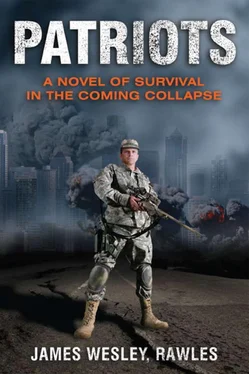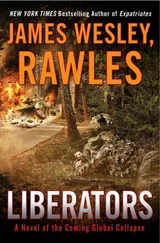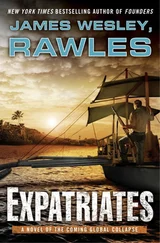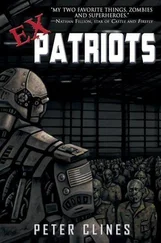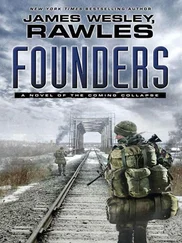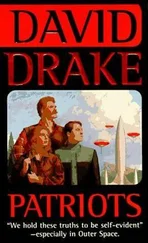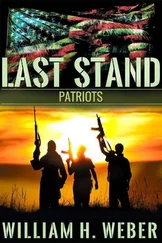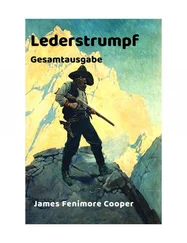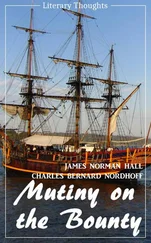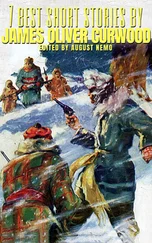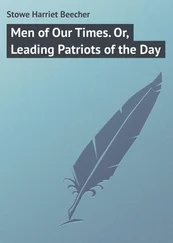When the issue could not be resolved, Todd finally put his foot down and set a “dual standard.” Group members preferring the .223 cartridge could go ahead, but they had to be either an AR-15 or CAR-15, because they used the same magazines, and had compatibility for critical spare parts. Those preferring
.308—mainly large-statured members—would buy a Heckler and Koch Model 91. Period. Anyone who already owned a nonstandard rifle could keep it, or those desiring to do so could buy one, but they also had to buy one of the group standard rifles and at least ten spare magazines. Further, every standard semiauto rifle also had to be equipped with radioactive tritium night sights.
Luckily, the arguments over standardizing a shotgun, pistol, and .22 caliber rifle for the group were neither as lengthy nor intense. The group eventually decided to standardize with the Remington Model 870 in twelve-gauge, the Colt .45 automatic pistol, and the Ruger Model 10/22 rifle for target practice and small game shooting.
When the issue of exactly what model of the .45 auto to standardize on was raised, it was decided that “any model of the .45 (such as the Government Model, Gold Cup, or Commander), as long as it is Colt or Kimber made” was sufficient, because they all used the same type magazines and had largely interchangeable parts. Eventually, most of the group members bought the Gold Cup model with adjustable sights. Typically, they bought the factory standard Gold Cup and added extended slide releases, extended safeties, and Trijicon tritium sights. After a failure of one of their Gold Cup’s fragile rear sights, those members who owned Gold Cups also had them drilled out for a larger solid cross pin to replace the thin roll pin that came from the factory.
The trend toward stainless steel guns was in full swing when the group was gearing up. Most of the group members either bought stainless steel handguns from the outset, or later upgraded to them. In some cases, they sold their old blue steel .45s when they upgraded to stainless steel. Others decided to keep their older blue steel Colts as spares, or for barter. Kevin Lendel spent more than the other group members when he upgraded to stainless steel. He used an annual Y-Dyne bonus check to buy a “factory custom” stainless steel model that the Colt Custom Shop called the “Special Combat Government.” It came from the factory with Bo-Mar sights, an extended thumb safety, and a beaver-tail grip safety. Kevin added Pachmayr rubber grips and an extended slide release. In all, he invested more than a thousand dollars in the pistol.
Dan Fong got the group members to sell off all of their old seven-round magazines, and buy supplies of the new eight-round magazines for their guns chambered in .45 ACP (Automatic Colt Pistol). The newer magazines held an extra round. At twenty-eight dollars each, the new magazines did not come cheap, especially when most of the group members had eight or more magazines for each of their .45s.
Although each group member was expected to acquire basic skills, specialization was encouraged. The theory was that each group member would develop a specialized skill, and then, as time permitted, cross-train other members. Todd chose logistics as his specialty. T.K. chose personnel. Mary became medical officer, Mike Nelson chose explosives and demolitions, and his wife Lisa chose martial arts. With expertise on nearly every firearm, Dan Fong became the “unit armorer.”
Kevin Lendel held two specialties. The first was communications. The second was food storage and preparation. He chose the latter specialty because he had always loved cooking. Ken Layton was transportation coordinator, while his wife Terry volunteered to coordinate purchasing. During his brief membership, the already overtrained Jeff Trasel declared himself “tactical coordinator” and group librarian. After he quit the group, Mike Nelson replaced Trasel as tactical coordinator, while Kevin took over Jeff’s responsibilities as librarian.
To supplement the tactical training given by Jeff and Mike during their respective tenures, Todd, Mary, and T.K. took pistol and rifle training courses. They attended the Front Sight firearms training school, near Las Vegas, Nevada.
They each took the “Four Day Defensive Handgun” and “Four Day Practical Rifle” courses. These intensive courses greatly increased their confidence with firearms. On their return, the Grays and T.K. cross-trained the other group members in much of what they had learned at Front Sight. At $1,600 each, the courses were relatively expensive, but as Todd repeatedly told the other group members, “They’re worth every penny.”
Aside from guns and storage food, the group’s other major investment was in vehicles. Before the Grays and Kevin Lendel moved to the Palouse Hills, all of the group’s members lived either in Chicago or the outlying suburbs. As most of their survival scenarios envisioned the need to “Get Out of Dodge” in a hurry, there was correspondingly strong emphasis placed on transportation.
On this issue, the group members deferred their judgment to Ken Layton.
Layton convinced the group members to buy older American-made cars and trucks and then fully restore and modify them. To Ken’s way of thinking, new model cars and trucks were far too complex, broke down too easily, required specialized tools to work on, and were just too expensive. He also pointed out that late-model cars are a conspicuous sign of wealth, and might serve as a target during periods of social unrest. He convinced the group members to buy either late 1960s or early 1970s Ford cars and trucks or Dodge Power Wagon pickups. His only stipulation was that they had “straight” bodies (never involved in a collision) and were free of rust. That meant that most of the members bought their cars and trucks from “rust-free states” like California, Arizona, and New Mexico. They found them through the Internet or Hemming’s Auto News .
Eventually, most of the group members complied with Ken’s suggestion.
The Grays bought a 1969 Power Wagon, but never got around to replacing Mary’s 1979 VW Super Beetle. The Nelsons bought a 1968 Ford Bronco and a 1968 Ford Mustang, both of which used the same type of 289 engine. T.K. bought a 1969 Bronco, but kept his Plymouth Horizon for commuting. Kevin Lendel bought a 1971 Ford F 250 four-wheel-drive pickup. While a member, Trasel bought a Power Wagon; his was a 1970. Dan Fong, ever the noncon-formist, replaced his 1989 Camaro with a 2003 Toyota four-by-four pickup. Ken and Terry Layton followed suit with the Nelsons’ approach and bought a 1968 Bronco and a 1967 Mustang, both with 302-cubic-inch engines.
One advantage of having Ken as a member of the group was the fact that he had access to a fully equipped automotive garage after normal working hours. Although he volunteered to do most of the restoration work himself, he insisted that each group member be there and assist him during the most important phases of the work. This way, Ken reasoned, every group member would know how their vehicles were put together, how they worked, and hopefully, how to handle most minor repairs.
The vehicle restoration process that Ken insisted on turned out to be relatively expensive and time consuming. He started by pulling the engine and transmission from each vehicle, and then farming them out to other shops to be completely rebuilt. Next he would make minor body repairs, sand out the bodies, and put on a flat paint finish, usually in an earth tone. They used standard glossy car paint with a special flattener added. This gave much better rust protection than regular flat paint. At roughly the same time, he would either rebuild or replace the carburetor. Next, when the engine and transmission came back, he would reinstall them, at the same time replacing all of their auxiliary equipment, aside from carburetors, with brand new components.
Читать дальше
